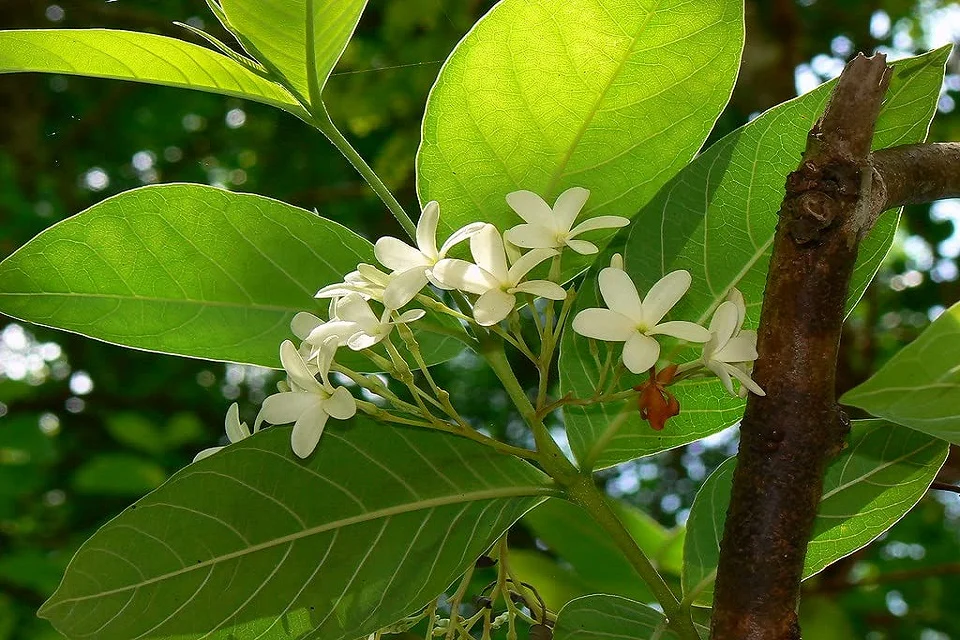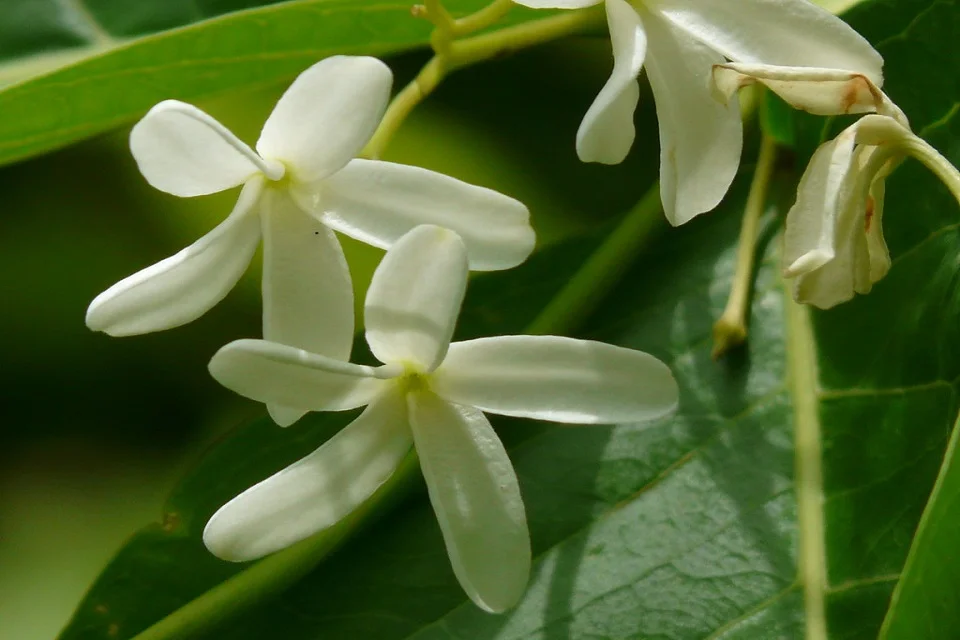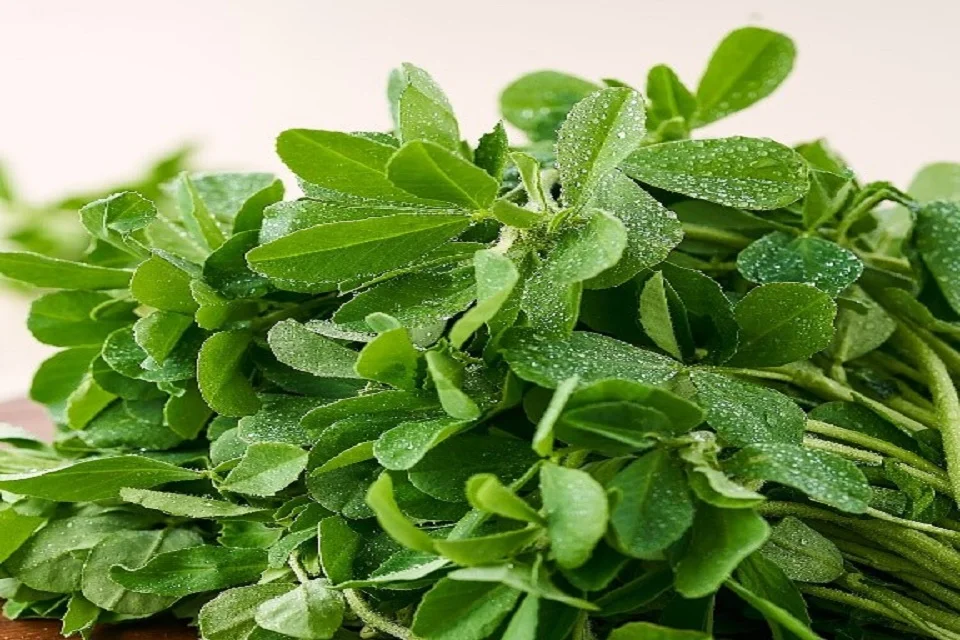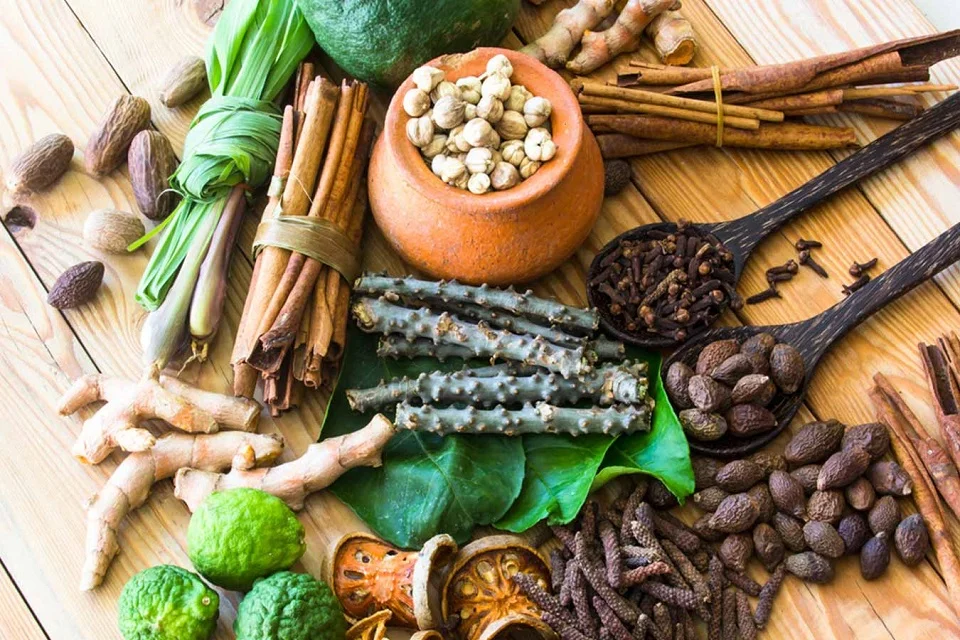Kutaj benefits, dosage, side effects, and how to use?
What is Kutaj? Kutaj, scientifically known as Holarrhena antidysenterica, stands as a cornerstone in Ayurvedic medicine, revered for its multifaceted therapeutic …

What is Kutaj?
Kutaj, scientifically known as Holarrhena antidysenterica, stands as a cornerstone in Ayurvedic medicine, revered for its multifaceted therapeutic properties. Originating from the forests of the Indian subcontinent, Kutaj has been extensively utilized in traditional healing practices for centuries. Its bitter taste belies its remarkable ability to pacify aggravated doshas, particularly Pitta and Kapha, making it a valuable remedy for digestive disorders, including diarrhea, dysentery, and irritable bowel syndrome.
Kutaj in Ayurveda
In Mändükī śikṣā Kuțaja is described as a toothbrush (Mā.Sc.4/2). Caraka quoted Kutaja tvak as the best Sängrahika dravaya (C.S.Su.25). Bhāvamiśra mentioned Kuțajabīja (Indrayava) under Harītakyādi varga and Kutaja is described as Uşna vīrya while Indrayava is sīta vīrya. This will be a point of interest for future studies. Kutaja is the drug of choice for bleeding piles (Ardra Arśas) Brhat Trayī has quoted Kutaja among the Vamana dravyas. Charaka enumerated 18 yogas with Vatsaka in kalpa sthāna (C.S.Ka.5).
What is the Morphology of Holarrhena antidysenterica ?

Latin name– Holarrhena antidysenterica(Roth) A. DC. (Fam. Apocynaceae)
A small deciduous tree,Holarrhena antidysenterica, boasts elliptic-oblong, ovate, or ovate-oblong leaves, with its flowers arranged in fragrant, corymbose cymes. Its slender fruits, characterized by parallel, terete, coriaceous follicles adorned with long white spots, bear narrowly linear-oblong, glabrous seeds. Kutaj blooms from April to July, while its fruits ripen from August to October. Commonly found in tropical regions of India and the sub-Himalayan tract.
Type of Kutaj
Acharya Charak described male and female varieties of Kutaja. According to him the plant with white flowers, smooth/ glabrous leaves, and big fruits will be a male Kutaja while the plant with reddish flowers, smaller fruit, and greyish-black bark is a female Kutaja. Also, Acharya Dalhan described two varieties of Kutaja.
- Pum (Male) Kutaja- White flower, Big fruits, Smooth leaves
- Stri(Female) Kutaja- Reddish flower, Small fruits, Greyish black bark
Synonyms of Kutaj
Kalinga, Sakra, Vatsaka, Girimallika, Indravriksha, Kuda, Indrayav, Vrikshak
Classical Categorization of Kutaj in Samhita
- Charak:Arshoghna, Stanyashodhana, Kandughna, Asthapanopaga
- Sushruta:Aragvadhadi, Pippalyadi, Haridradi, Lakshadi
- Vaghbhatta: Aragvadhadi, Pippalyadi
Other/Regional Language Names
- English: Ester tree, Conessi bark
- Gujarati: Kuda, Kadachhal, Kudo
- Hindi: Kurchi, Kuraiya
- Kannada: Kodasige, Halagattigida, Halagatti Mara
- Kashmiri:Kogad
- Malayalam:Kutakappala
- Marathi:Pandhra kuda
- Oriya:Kurei, Keruan
- Punjabi:Kurasukk, Kura
- Tamil:Kudasapalai
- Telugu:Kodisapala, Palakodisa
- Urdu:Kurchi
- Assamese:Dudhkuri
- Bengali:Kurchi
Constituents of Holarrhena antidysenterica
Conessine and related alkaloids
Rasa Panchak of Kutaj
- Rasa:Tikta, Kashaya
- Guna:Laghu, Ruksha
- Virya:Shita
- Vipaka:Katu
- Karma:Upashosak, Dipana, Samgrahi, Kaphapittashamak
References of Kutaj in Ayurvedic texts
कुटजत्वक् श्लेष्मपित्तरक्त सांग्राहिकोपशोषणानाम् ।
(च० सू०; 25/40)
कुटजः कटुकस्तिक्तः कषायो रूक्षशीतलः ।
कुष्ठातीसारपित्तास्त्र गुदजानि विनाशयेत् ॥
(ध० नि०, शतपुष्पादि वर्ग; 14 )
कुटजः कटुको रूक्षो दीपनस्तुवरो हिमः ।
अर्शोऽतिसार पित्तास्रकफतृष्णाऽऽमकुष्ठनुत् ।।
(भा० प्र०, गुडूच्यादिवर्ग; 118)
What are the Benefits of Kutaj?
- Effects of Ayurvedic treatment on patients of ulcerative colitis
- RaktaArsha
- Pravahika
- Atisara
- Grahani
- Trishna
- Raktapitta
- Jvaratisara
- Arsha
- Kushtha
- Krimi
- Visarpa
- Vatarakta
- Ama
What is the use of Kutaj in texts?
- Jvara- Decoction of Indrayava and Kațukarohiņī is taken with rice water (H. S.3/2/66).
- Pittätisāra- Seeds and bark of Kutaja are pounded with honey and Ativişa is added to it. This combination is taken with rice water (C.S.Ci.19/51).
- Paste of Lodhra, Dhātakī, Indravyava, Karañja, and Jātī is applied externally (C.S.Ci.7/95).
How much is the Dose of Kutaj as described in ancient texts?
20-30 g of the drug for decoction
Powder 3-6 gm
What are the Useful Part of Kutaj?
Kand tvak (Stem bark), Bija(Seed), Patra(Leaves), Phula(Flower)

What are the side effects of Kutaj?
- Hypotension
- Sensation of heat in abdomen
- Constipation
- Nausea
- Flatulence
- Nervousness
- Insomnia
- Side effects are of taking the drug in high doses, under the guidance of qualified vaidya, or in appropriate doses it is safe to consume.
List of formulations of Kutaj
- Kutaj ghanvati
- Kutajavleha
- Kutajarishta
Research of Kutaj
- Metabolic Diversity and Therapeutic Potential of Holarrhena pubescens
- The pharmacological and clinical application of the total as well as individual alkaloids of the plant in acute and chronic amoeboic dysentery are reported (Chopra et al., 1927 & 19933); Dutta & Iyer, 1968).
- Conessine was reported to be more potent as an amoebical agent in vitro, in comparison to the other alkaloids, as tested against the ‘C’ strain of Ent. hystolytica (Basu & Jayaswa, 1968).
- Conkurchine hydrochloride in higher doses decreased the heart rate of frogs, lowered the dog’s BP, and dilated the rat blood vessels (Jai Shankar et al., 1961).
- The 50% ethanolic extract of root showed antiprotozoal effect against Ent. hystolytica strain STA, Trypanosoma evansi; anticancer effect against human epidermal carcinoma of the nasopharynx in tissue culture and hypoglycaemic activity in rats. The fruit and stem bark extracts also revealed an anti-spasmodic effect on isolated guinea pig ileum (Dhar et al., 1968).
- The stem bark showed hypotensive action. The LD of the ethanolic extract of the fruit was 250 mg/kg i.p., whereas that of stem bark was 1000 mg/kg orally in mice (Dhar et al., 1968)
- The mother tincture prepared from the bark with 70% alcohol exerted the maximum antispasmodic activity as compared to the other tinctures prepared with varying percentages of alcohol (Nandi & Mazumdar, 1979).
Clinical Studies
- A clinical study (on the side effects) in 11 patients revealed that the drug can lead to subjective symptoms, as well as hypotension (Chaturvedi & Singh, 1983).
Conclusion
In conclusion, Kutaj emerges as a botanical treasure deeply entrenched in the tropical landscapes of India and the sub-Himalayan region. Its distinctive features, from the elegant arrangement of leaves and fragrant blossoms to the slender, adorned fruits, underscore its unique presence in nature. Beyond its aesthetic appeal, Kutaj’s medicinal properties, particularly in Ayurveda, stand as a testament to its therapeutic prowess in alleviating various ailments, notably digestive disorders. As we navigate the intricate tapestry of traditional healing practices, Kutaj remains a symbol of resilience and efficacy, offering hope and healing to generations past, present, and future in the realm of natural medicine.








Got Something To Say